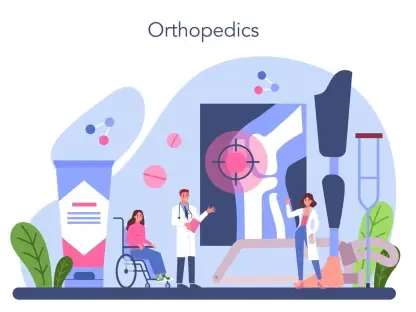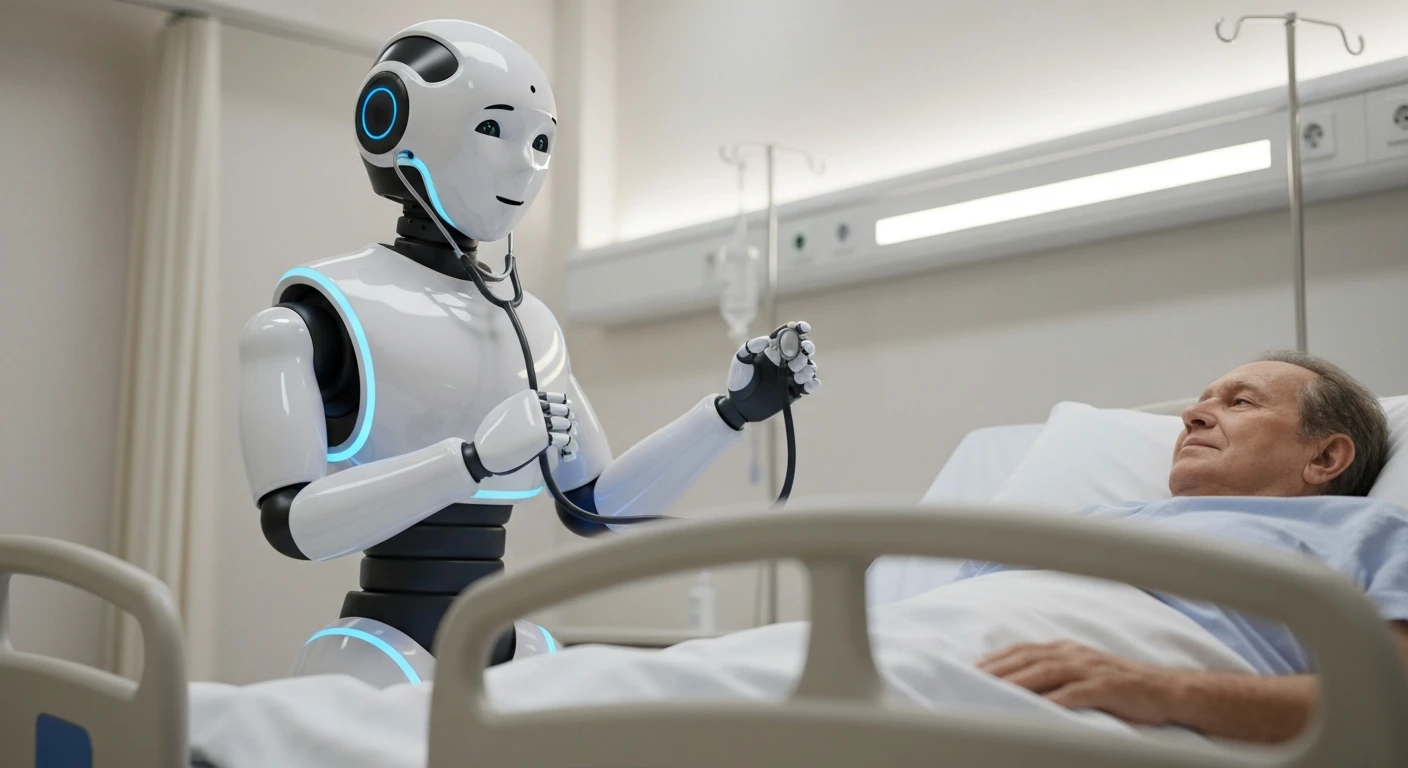Setting the Stage for AI in Healthcare
The integration of artificial intelligence (AI) into healthcare has emerged as a transformative force, with the potential to address staggering challenges like the projected annual cost of non-melanoma skin cancer diagnoses in the UK, estimated to reach between £338 and £465 million. This financial burden, coupled with increasing disease prevalence, underscores the urgent need for innovative solutions that can alleviate pressure on systems like the National Health Service. AI promises to revolutionize diagnostics and treatment, but its rapid adoption raises critical questions about safety, reliability, and trust in medical applications.
This review dives into the evolving landscape of AI healthcare technologies, examining their capabilities, the risks they pose, and the regulatory frameworks shaping their deployment. The focus is on how oversight mechanisms ensure that these tools deliver on their promise without compromising patient welfare. By exploring real-world applications and current trends, this analysis aims to provide a clear picture of where AI in healthcare stands today and the role regulation plays in its trajectory.
Core Features and Performance of AI Healthcare Tools
Diagnostic Precision and Impact
AI technologies in healthcare have demonstrated remarkable potential in enhancing diagnostic accuracy, particularly through machine learning algorithms that analyze vast datasets to identify medical conditions. Tools like skin cancer detection apps exemplify this capability, often outperforming human specialists in spotting early signs of malignancies. Such precision not only improves patient outcomes by enabling timely interventions but also reduces the workload on overstretched medical professionals, offering a scalable solution to global health challenges.
Beyond individual benefits, the systemic impact of AI diagnostics is profound. By streamlining processes like image analysis and predictive modeling, these tools help healthcare providers allocate resources more effectively, cutting down on unnecessary procedures and associated costs. However, the effectiveness of these systems hinges on rigorous validation to ensure consistent performance across diverse populations and clinical settings, highlighting the need for standardized benchmarks.
Data Quality and Algorithmic Challenges
A critical aspect of AI healthcare tools is their reliance on high-quality data, as the integrity of input directly influences output reliability. Incomplete or biased datasets can lead to skewed results, potentially causing misdiagnoses that endanger patient safety. Addressing this challenge requires robust data collection practices and continuous monitoring to detect and correct disparities before they impact clinical decisions.
Another hurdle lies in mitigating algorithmic bias, a technical issue that can perpetuate inequities in healthcare delivery if not properly managed. Developers must prioritize fairness by designing systems that account for demographic diversity and undergo regular audits to maintain trust. Without such measures, even the most advanced AI tools risk undermining their own credibility, emphasizing the intersection of technology and ethical responsibility in medical applications.
Regulatory Landscape and Industry Trends
The regulatory environment for AI in healthcare has evolved significantly, with frameworks like the European Union’s Medical Device Regulation (MDR) and the EU AI Act setting stringent standards for safety and efficacy. These policies mandate that AI tools, whether hardware or software-based, meet rigorous criteria before reaching the market, ensuring they perform reliably under real-world conditions. This shift reflects a growing industry consensus that oversight is essential to prevent harm and maintain public confidence.
Emerging trends also point to a collaborative approach between regulators and innovators, as stakeholders recognize the dual need for innovation and accountability. For instance, compliance with MDR has become a benchmark for credibility, often influencing partnerships and market access for AI health solutions. Despite the challenges of meeting these standards, particularly for smaller firms, the trajectory suggests that regulation will continue to shape the pace and direction of AI adoption in clinical settings.
Real-World Deployment and Case Studies
In practical settings, AI healthcare tools are making tangible impacts across specialties like dermatology and chronic disease management. Applications in skin cancer detection, for example, have shown how algorithms can assist in early identification, enabling faster treatment and better prognoses for patients. These deployments highlight the technology’s ability to bridge gaps in access to specialized care, especially in under-resourced regions.
A notable case study is SkinVision, an AI-driven app designed to assess skin cancer risk, which has navigated the complex path to MDR Class IIa certification. Through extensive clinical studies and independent reviews, the app has proven its accuracy and safety, earning trust from global health providers and insurers. This example illustrates how regulatory compliance not only validates technology but also enhances its commercial viability, setting a precedent for others in the field.
Challenges in Balancing Regulation and Innovation
Despite the benefits, the regulatory process for AI in healthcare presents significant hurdles, particularly for startups and smaller companies with limited resources. The financial and operational burden of achieving compliance with frameworks like MDR can stifle innovation, as firms struggle to meet reclassification costs and extensive documentation requirements. This tension raises questions about how to maintain high standards without excluding emerging players from the market.
Efforts are underway to strike a balance, with policymakers exploring streamlined pathways for certification that still prioritize patient safety. However, the risk of unregulated or under-regulated AI systems remains a pressing concern, as untested tools could erode trust and lead to adverse outcomes. Navigating this landscape requires ongoing dialogue between industry, regulators, and healthcare providers to ensure that oversight evolves in tandem with technological advancements.
Looking Ahead: The Future of AI Healthcare Oversight
The future of AI in healthcare will likely be defined by continued advancements in both technology and regulatory approaches. Potential breakthroughs in areas like personalized medicine and real-time monitoring could further enhance patient care, but only if accompanied by adaptive frameworks that address emerging risks. Regulators may need to consider flexible models that allow for rapid iteration while maintaining strict safety protocols.
Long-term, the impact of regulation will extend beyond immediate compliance, shaping how trust is built and sustained among patients and clinicians. As AI tools become more integrated into medical practice, ensuring transparency and accountability will be paramount to fostering widespread acceptance. The focus must remain on creating an ecosystem where innovation thrives under the umbrella of robust oversight, safeguarding public health.
Final Thoughts on AI Healthcare Regulation
Reflecting on this technology review, the journey of AI in healthcare reveals a landscape of immense promise tempered by significant challenges. The diagnostic precision and systemic benefits of these tools stand out as game-changers, yet the risks tied to data quality and algorithmic bias underscore the necessity of stringent oversight. Real-world cases like SkinVision demonstrate that regulation, though demanding, paves the way for credibility and impact.
Moving forward, stakeholders should prioritize collaborative solutions, such as public-private partnerships, to ease the burden of compliance while upholding safety standards. Investing in accessible resources for smaller innovators could ensure a diverse market, preventing monopolization by larger entities. Ultimately, the path ahead demands a commitment to evolving regulatory models that protect patients while empowering the next wave of AI-driven healthcare advancements.









